There was no way I was leaving the Scottish Borders without visiting all four of the great Border Abbeys. If you’ve been following along, I’ve already written about Dryburgh Abbey, Melrose Abbey (twice), and a little about Kelso Abbey. All that remains to complete my quartet is a visit to the magnificent Jedburgh Abbey, whose views rival even Melrose’s. As you might expect, Jedburgh Abbey is found in the center of Jedburgh, the largest town on the A68 between Edinburgh and Newcastle upon Tyne, and its ruins, perched on a small hill, dominate the sky. The town itself is a pretty, archetypal example of Borders towns and well worth a stroll around the Wishing Well and over to the Mary, Queen of Scots Visitors Centre.
But this post is about Jedburgh Abbey, and it’s a true beauty. I visited on a bright spring morning without a single cloud in the sky, and the sun shining through the arches created a beguiling contrast between the pale stone and dark shadows. Historic Scotland has pulled out all the stops with their presentation of Jedburgh Abbey with an impressive visitors center that boasts a virtual tour of the abbey and loads of artifacts unearthed by excavations over the last century. Informative placards dot the grounds and serve to put the amazing ruin into historical context.
A footbridge crosses over the remains of monastic outbuildings, places like the cloister and cellars, as you leave the visitors center, and I took my time wandering around the old buildings reading placards as conservationists worked nearby and the sun climbed higher. King David I chose this site – so close to the English border – for an abbey in 1138 to give his cross-border foes a taste of his piety and strength. The foundation of the abbey would have been a religious ceremony attended by the king and his nobles, the master mason, and a canon who knew something of astronomy. When the sun rose on or near the spring equinox, they would place two sticks in the ground to correctly align the high altar and west end of the abbey. The construction of a high-minded abbey was a long project, and by 1150 there would have stood a small Romanesque church upon painstakingly leveled ground.
By the turn of the century, Jedburgh Abbey would have been subject to a second building phase, one that added the airy ‘clearstory’ to the presbytery in the new Gothic architectural style. This clearstory – the long, raised facades punctuated by countless arches – is the signature of Jedburgh Abbey and one of the earliest examples of Gothic architecture in Scotland. By 1250, more than one hundred years after work started on the abbey, a cloister for the Augustinian monks would be standing to the south of the church for maximum heat and light in the chill Scottish weather.
But for a couple other visitors I had the abbey to myself this fine Sunday morning. While Jedburgh Abbey is a ruin, much of the original church remains and those remains are in excellent condition. The stonemasonry and carving is clearly masterwork, even to someone like me who is no architectural scholar. The degree of precision and complexity reminds me of Rosslyn Chapel. Light would have poured into the church through the Gothic and Romanesque arches, and to the monks of that time light was God.
Stairs in the church tower allow visitors to capture elevated views of the clearstory and church, which, as you can see, are stunning to behold in the morning light. Among all the Border abbeys, this view is my favorite for the aesthetics but also because I can imagine what the church must have been like before the Reformation.
Various transepts and chapels remain attached to the church, and within their arched coves stand rescued tomb covers, headstones, and artifacts worthy of perusal.
By now you probably know how the functional history of Jedburgh Abbey ended. In the 15th and 16th centuries, Jedburgh Abbey and town suffered the depredations of various English earls from Warwick, Hertford, and Surrey as they had their merry way setting fire to whatever would burn and bursting down whatever wouldn’t. The end came in 1560 with the Reformation proper, and for the last 500 years the abbey has descended into ruin.
Jedburgh Abbey stands with Melrose Abbey and Dryburgh Abbey as must-see sites on any trip through the Scottish Borders. They are marvelous works of aesthetic beauty and deep history and conveniently serve as jumping-off points for seeing the Borders’s most magical towns.
Disclosure: Historic Scotland provided me with complimentary entry to Jedburgh Abbey. All thoughts and opinions expressed here are my own.

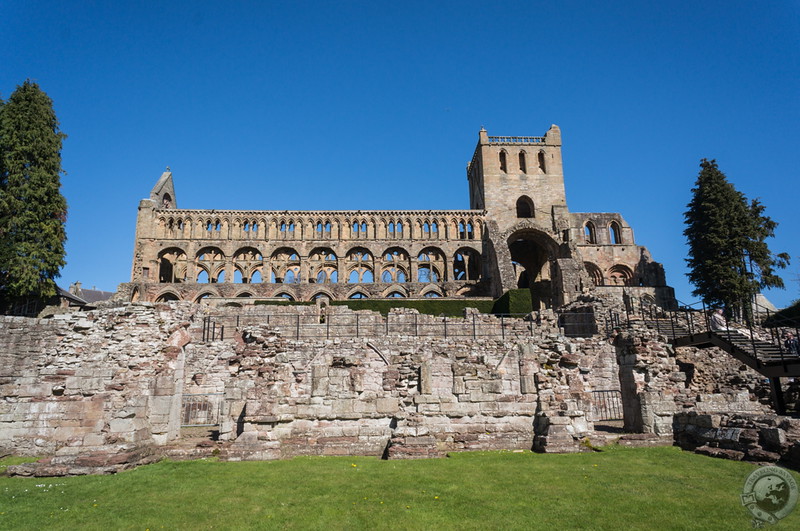
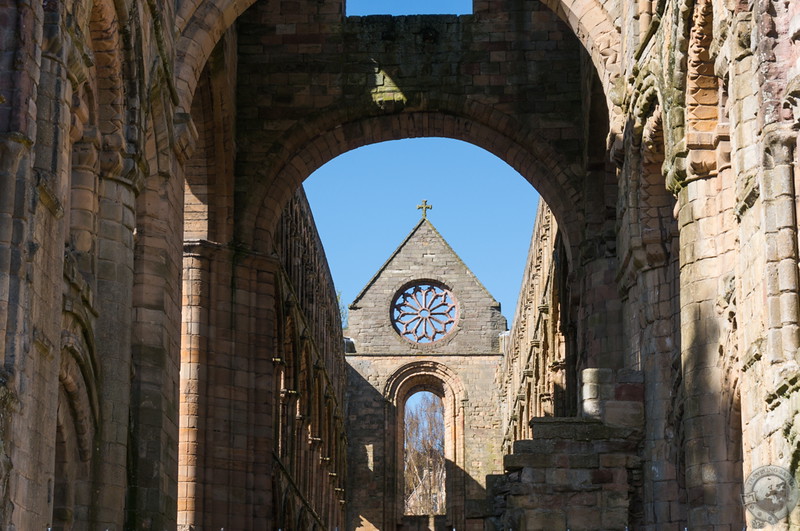
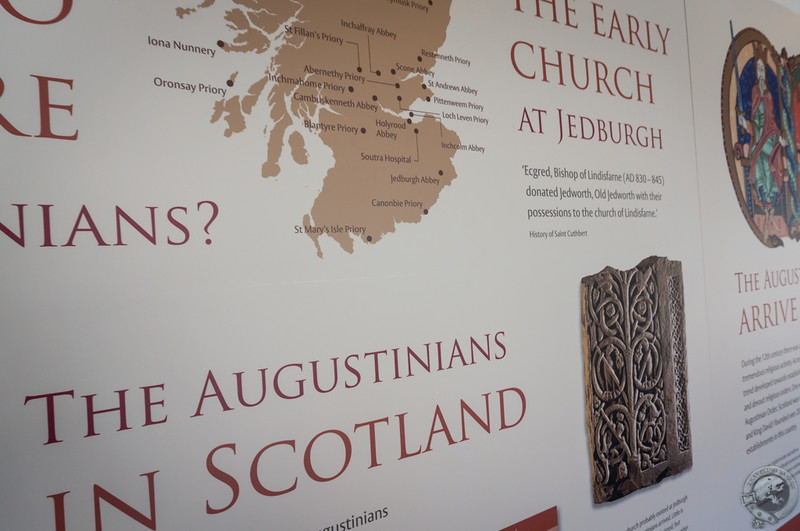
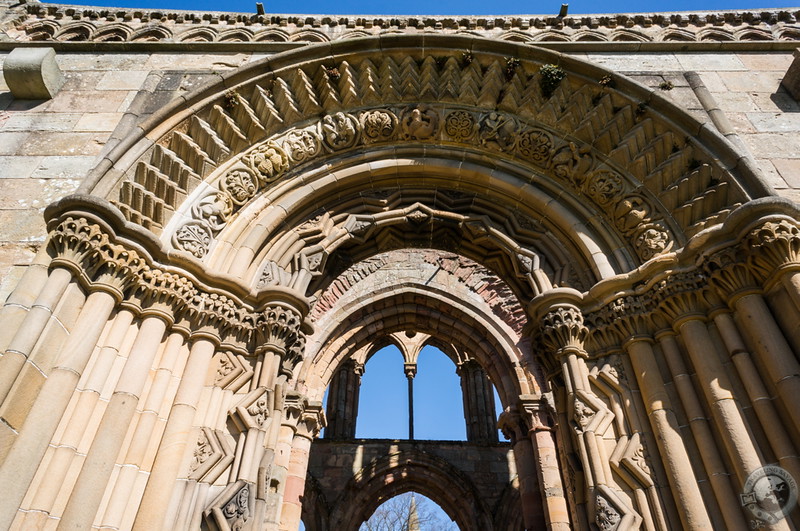
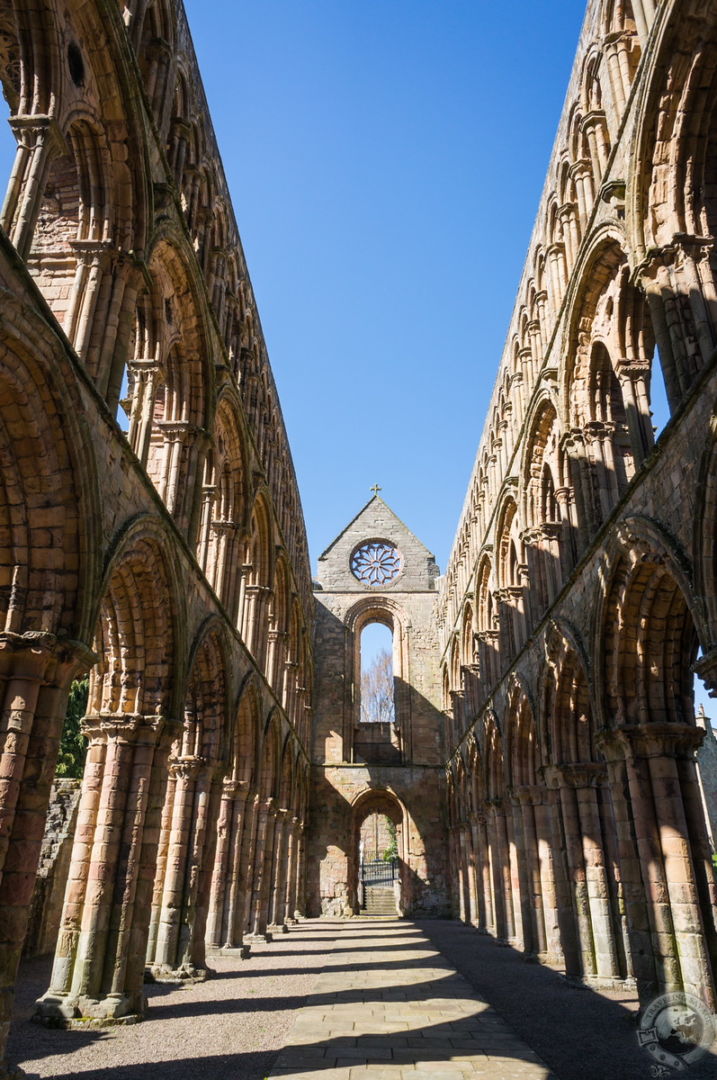
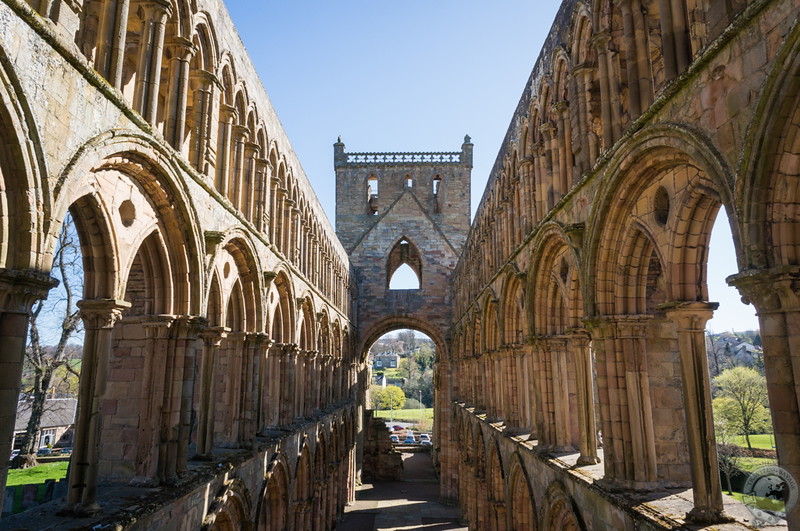
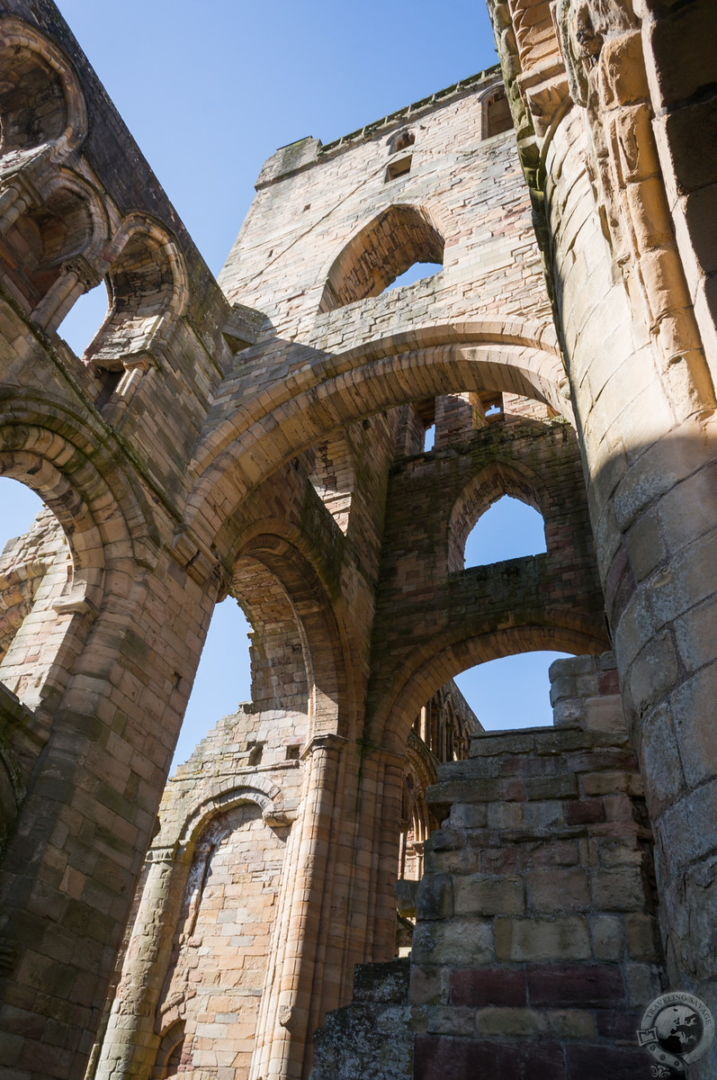
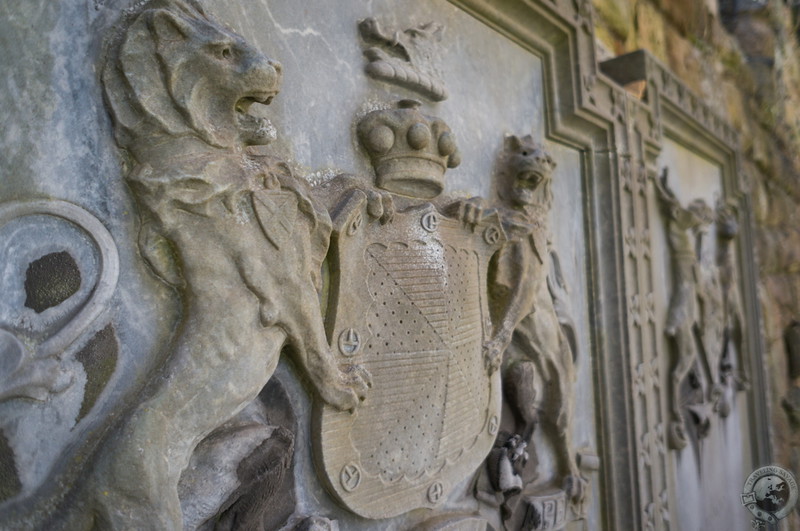
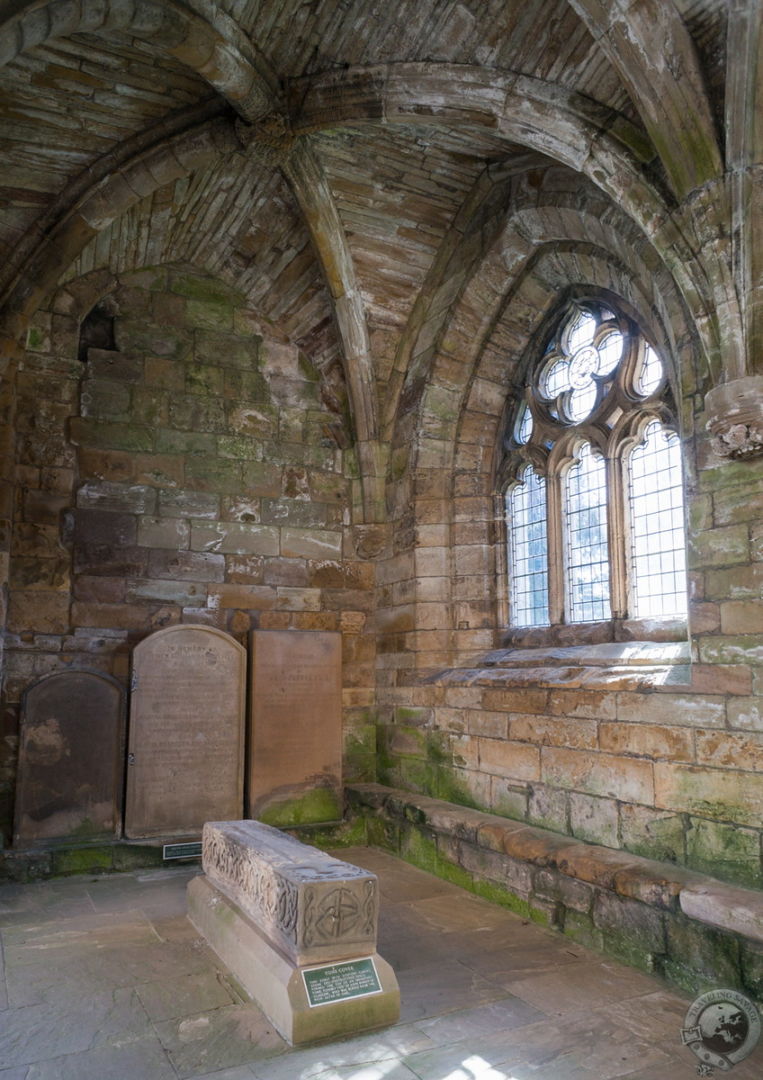
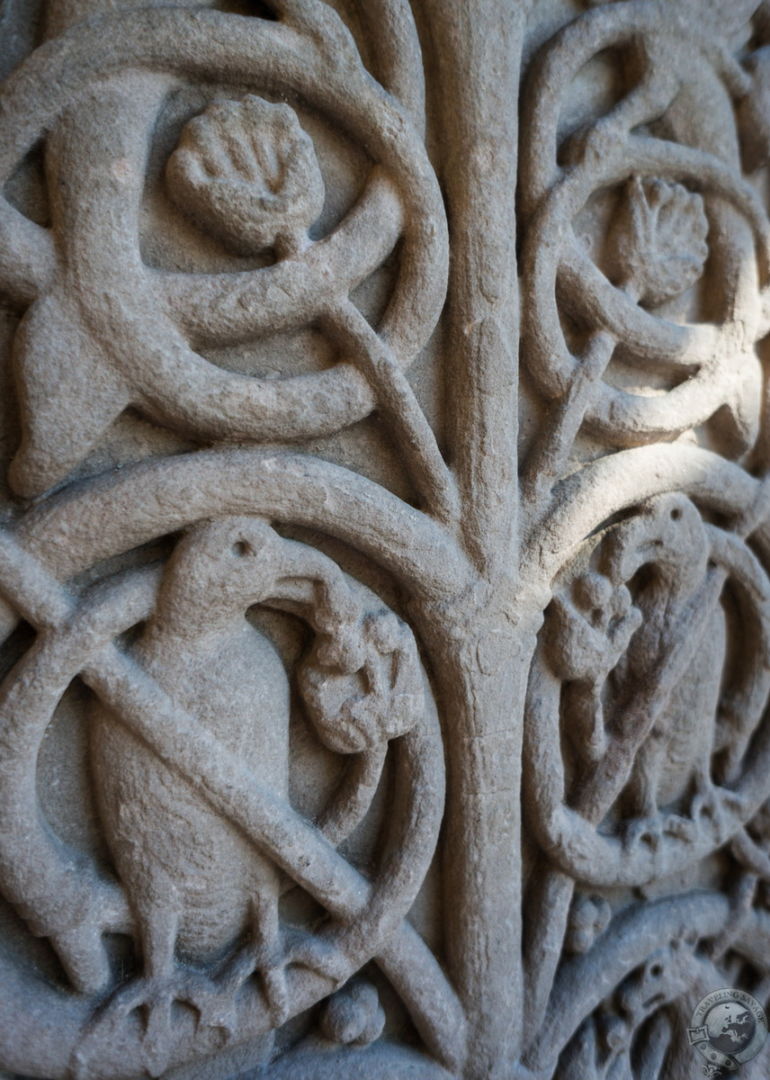
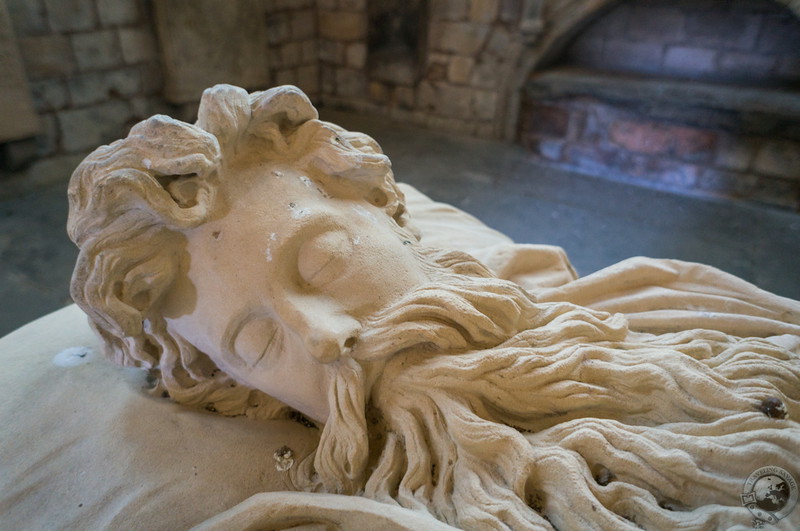
Stunning photo’s and captivating information that heightens my anticipation for my upcoming trip. I can hardly wait to close my eyes and lay my hand on the stone to connect to the past. If a person was ever captivated by Scotland’s history, you have brought it alive to where one believes they can hear and see what once was. Thanks for all your posts!!
Hi Lynn! Thanks for the kind words, though Scotland’s history truly speaks for itself. You’ll see soon enough 🙂
[…] Abbey. Rivaling Melrose Abbey’s magnificent structure, Jedburgh Abbey stands aloft over the town that shares its namesake. It’s remarkable how much of Jedburgh […]
[…] After you’ve finished in Kelso, shoot southwest to the town of Jedburgh where you will find the last of the four Border abbeys: Jedburgh Abbey. […]
[…] we dus alleen bekijken op websites met foto’s die gemaakt zijn toen je nog wel naar binnen mocht. Zie bijvoorbeeld deze site. We moeten het vandaag dus doen met de […]